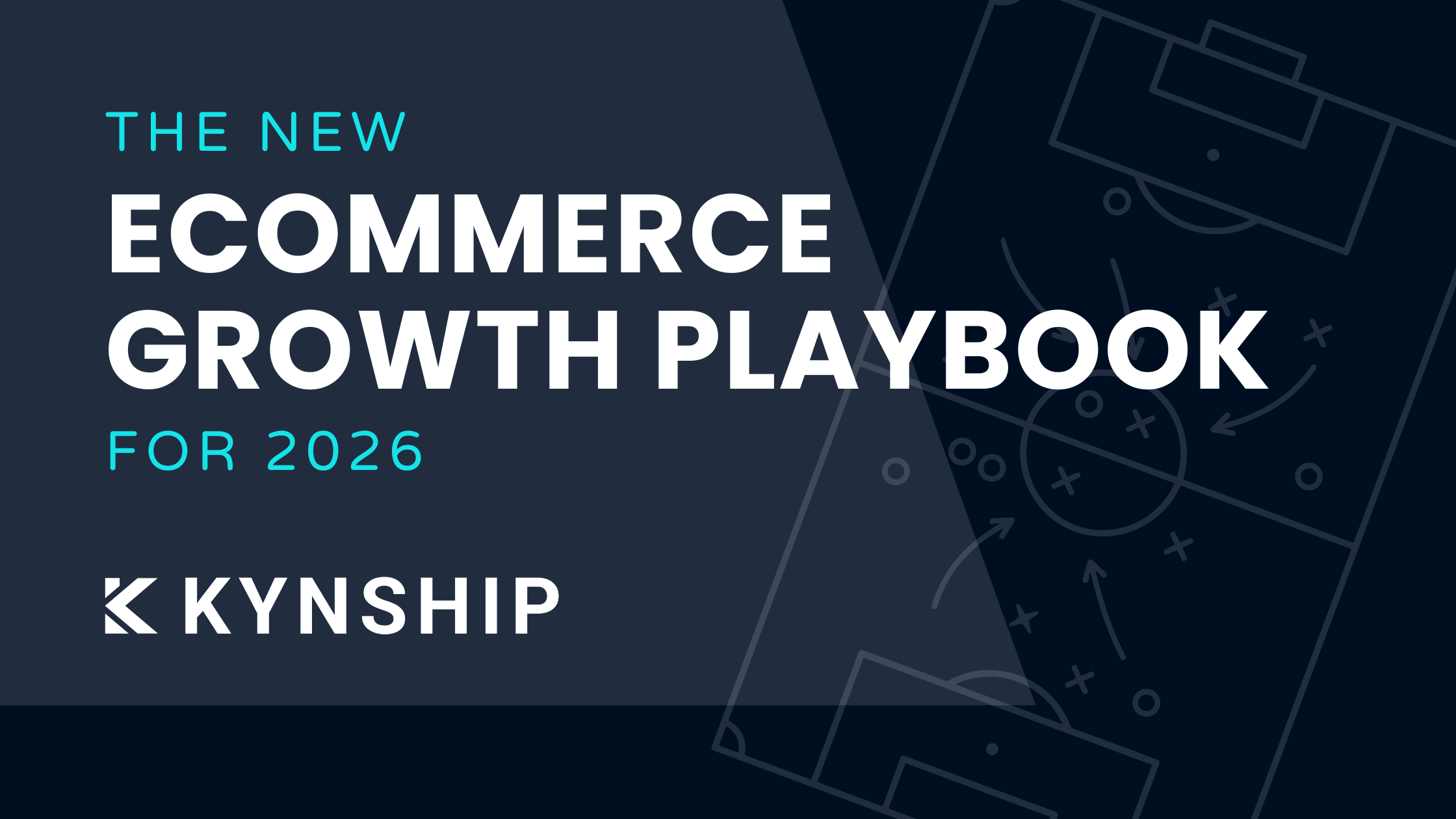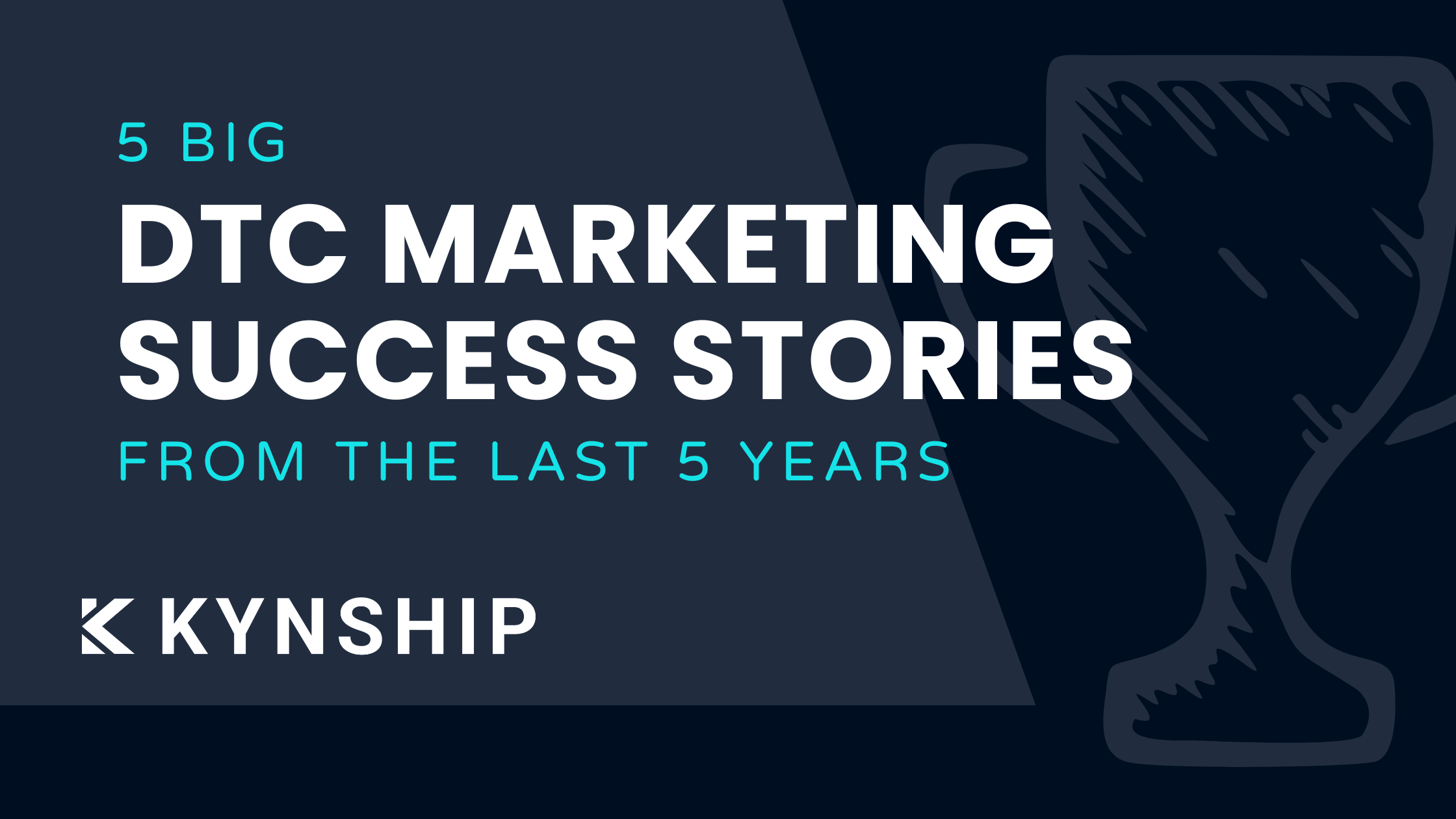Learn How Purdy & Figg Cleaned Up with Micro-Influencers
.png)
Jack Rubin is co-CEO of Purdy & Figg, a natural cleaning products business. Purdy & Figg was started when brothers Jack and Charlie tapped into the natural cleaning products their mother and her friend Charlotte Figg were making at home. After speaking with their friends who loved these cleaners, Jack quickly figured out there was an addressable target market for the product. He and his brother got to work and have built a business adding 10,000 subscribers every month, generating more than $3M in 2022.
Jack joined us on The Influencer Marketing Blueprint to discuss his experiences with micro-influencer marketing. Read on for a recap of our conversation (with some real data inside).
Operating as a Co-CEO
Like Kynship, Charlie and Jack differentiated their approach to business operations by working as co-CEOs. Jack runs the marketing and e-commerce part of the business, but they both have a say in domain-specific discussions and still rely on their individual expertise in different areas.
“Purdy and Figg is the first cog in our machine, and not one of us is going to run that whole machine.”
For decisions that impact the entire company, common ground has to be reached before a definitive solution is agreed upon.
For them, this arrangement works well. While the company is still fairly new (Jack and Charlie launched the brand in early 2022), Jack sees working with his brother as a partnership built to last 30-40 years, with multiple businesses to be formed ahead.
Outsourcing Influencer Marketing
Jack is anti-outsourcing. He believes that if you’re outsourcing something, someone is making a margin (which you could’ve kept for yourself.) Outsourcing makes sense when you’re paying a premium price for getting something done by an expert, but not so much in other situations.
“There's got to be real proof they're going to do it much better than you could yourself and that it's worth sacrificing your hard-earned revenue for.”
Jack initially had a negative experience when it came to outsourcing influencer marketing. A partnership with another marketing agency led to Facebook posts that barely converted into any sales. The whitelisted content from influencers with large followings didn’t perform on social.
Then Jack came across Kynship through Twitter. He was intrigued by our framing of influencer marketing that’s directly tied to driving more sales. Taking a leap of faith, Purdy and Figg started with Kynship on a small project, and now work actively with us.
To share some numbers, Purdy and Figg did 5x the revenue in the first ten days of January 2023 compared to their first month together in January 2022. So, yes…it’s working.
Finding Success With Influencer Marketing
Whitelisting in and of itself rarely correlates to increased conversions, especially with macro influencers. That’s why we encouraged Purdy & Figg to focus on seeding micro-influencers in the health and wellness niche.
In the first nine campaigns for Purdy & Figg, we reached outreached to 4,500 accounts, of which 2,032 accounts opted in to receive free products. Of the influencers who received the product, 59% posted about it on their social media, leading to 3,908 social posts for Purdy and Figg.
These numbers surpassed our averages at Kynship, despite the fact that it’s a utility product, not a FOMO-inducing luxury good like a watch or makeup that influencers love to post about. These are cleaning supplies.
This response resulted from marketing a great product in a niche that was a perfect fit for it. The health and wellness niche influencers are proud to post about a natural cleaning product. They're proud to say to their audience, “Hey, I'm using this product at a premium price. It's worth it to take care of my household this way.”
Check out our guide on 26 types of influencers that goes beyond the follower count to find the best type for your product.
Micro-influencers Are the Best Fit for Smaller Brands
Small brands have little chance to compete with bigger players in the industry on Facebook or TikTok with organic reach. The only way to compete is by the number of social assets generated.
“Volume of assets is one of the key areas of focus for any small business.”
Working with micro-influencers generates many more assets with the same budget compared to the pay-per-post model. It gives you tons of social, UGC, ad, and site content. That content is going to impact your efforts across the board.
Returning to the idea of saving margins, you're also getting much better value for money. Smaller influencers don't have agents, negotiating influencer rates, or big offices, so you're not paying for that.
Even so, a concern often raised with micro-influencer marketing is its long-term impact. Jack established two long-term relationships with micro-influencers from their product seeding phase.
- Affiliates: Affiliate relationships with micro-influencers allow brands to launch follow-up seeding rounds with potentially full utilization. For example, Purdy & Figg have 350 affiliates in Shopify collabs, and 80% opted for the seeding round of their new product in January.
- Content Partners: Ongoing retainers with influencers whose content performed better can help you get ahead in creating social content. Jack’s grown their TikTok following to 220,000 in about six months working with these creators.
Micro-influencer marketing also lets you tap into a community of users with shared interests, which is often missing with macro-influencers. Check out our ultimate guide for micro-influencer marketing if you’re also considering going that way.
Looking Beyond Micro-influencers
After working with micro-influencers, Jack is now focusing on experimenting with macro-influencers. He believes that partnering with a macro-influencer in the same niche as the face of the campaign can give the efforts of micro-influencers a single direction.
Our advice for brands experimenting with macro-influencers is to pursue product seeding with them as well. Seeding and gauging their interest in the product a month earlier can slash their rates up to half of what their agents would quote on a cold call.
There’s no doubt that macro influencers work to a certain degree. Remember to complement your marketing strategy by adding macro-influencers. But don’t quit your efforts with micro-influencers.


5 DTC Marketing Success Stories From The Last 5 Years
Five real DTC marketing success stories from the last five years, breaking down how brands scaled despite rising CAC, creative fatigue, and tougher competition, plus key lessons you can apply today.

The New Ecommerce Growth Playbook For 2026
These are the ecommerce growth marketing strategies we are using right now to successfully scale DTC brands from $2M to $50M.
Bi-weekly tips to reduce your CAC
Join thousands of DTC operators and subscribe to Cut the CAC for insights from the Bottom Line Podcast and Kynship's growth strategies.


.avif)
.avif)
.avif)



